Understanding the Link Between Pricing and Public Health
The relationship between alcohol pricing and public health outcomes is a compelling area of study that offers significant insights into how fiscal policies can effectively mitigate alcohol-related harms. With evidence mounting on the impact of increased alcohol prices, it’s crucial to explore how these economic measures can contribute to reducing alcohol-related deaths and improving societal health.
Effects of Alcohol Pricing on Consumption and Problems
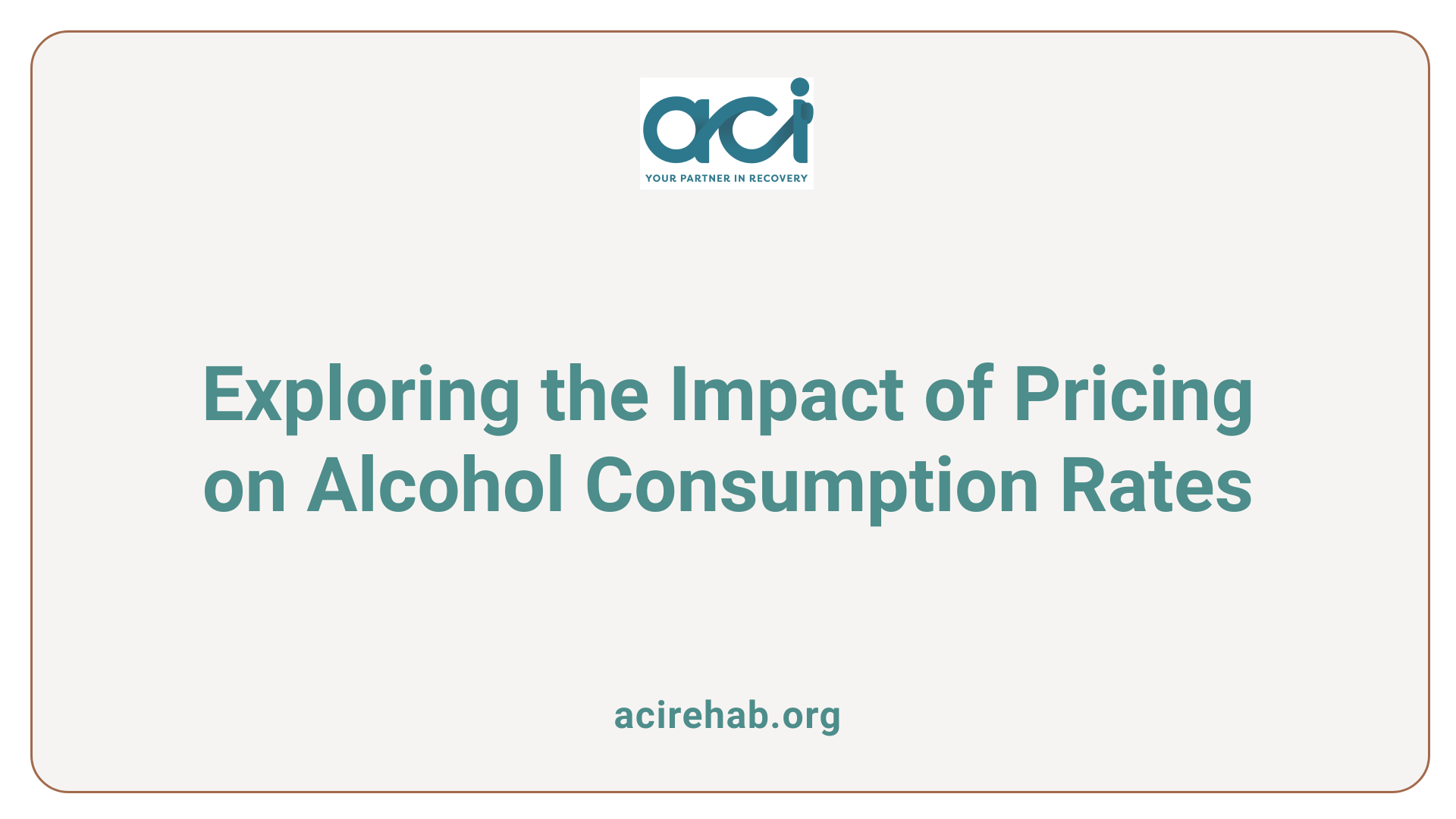
What are the effects of alcohol pricing on consumption and alcohol-related problems?
Increased alcohol pricing effectively reduces consumption and mitigates alcohol-related problems, aligning with economic principles that show a downward-sloping demand curve. Research indicates that higher alcohol prices are associated with notable decreases in drinking behaviors, particularly among high-risk groups such as adolescents and heavy drinkers. A 10% price increase reduces overall consumption by approximately 7.7%.
Additionally, higher prices correlate with lower rates of risky behaviors related to alcohol use. For instance, studies show that raising prices can lead to significant reductions in drinking and driving incidents, which are linked to fewer traffic fatalities. Specifically, a 10% increase in alcohol prices is associated with an estimated 5% decrease in traffic crash deaths.
Moreover, the societal benefits of increased alcohol pricing extend beyond individual consumption. There’s strong evidence that higher alcohol taxes reduce related health issues, such as liver cirrhosis and alcohol-related accidents, significantly impacting public health metrics. Importantly, systemic analyses highlight that for every 10% increase in alcohol prices, alcohol-related deaths decrease by approximately 7%.
Despite attempts at raising federal excise taxes, these increases often fall short of effectively deterring consumption due to inflation. Strategic pricing policies, therefore, serve as critical interventions in reducing the public health burden associated with alcohol misuse, which contributes to thousands of deaths annually and significant economic costs. This underscores the importance of consistent and substantial pricing strategies as a means to promote healthier drinking behaviors throughout various demographics.
The Effectiveness of Increased Alcohol Taxation
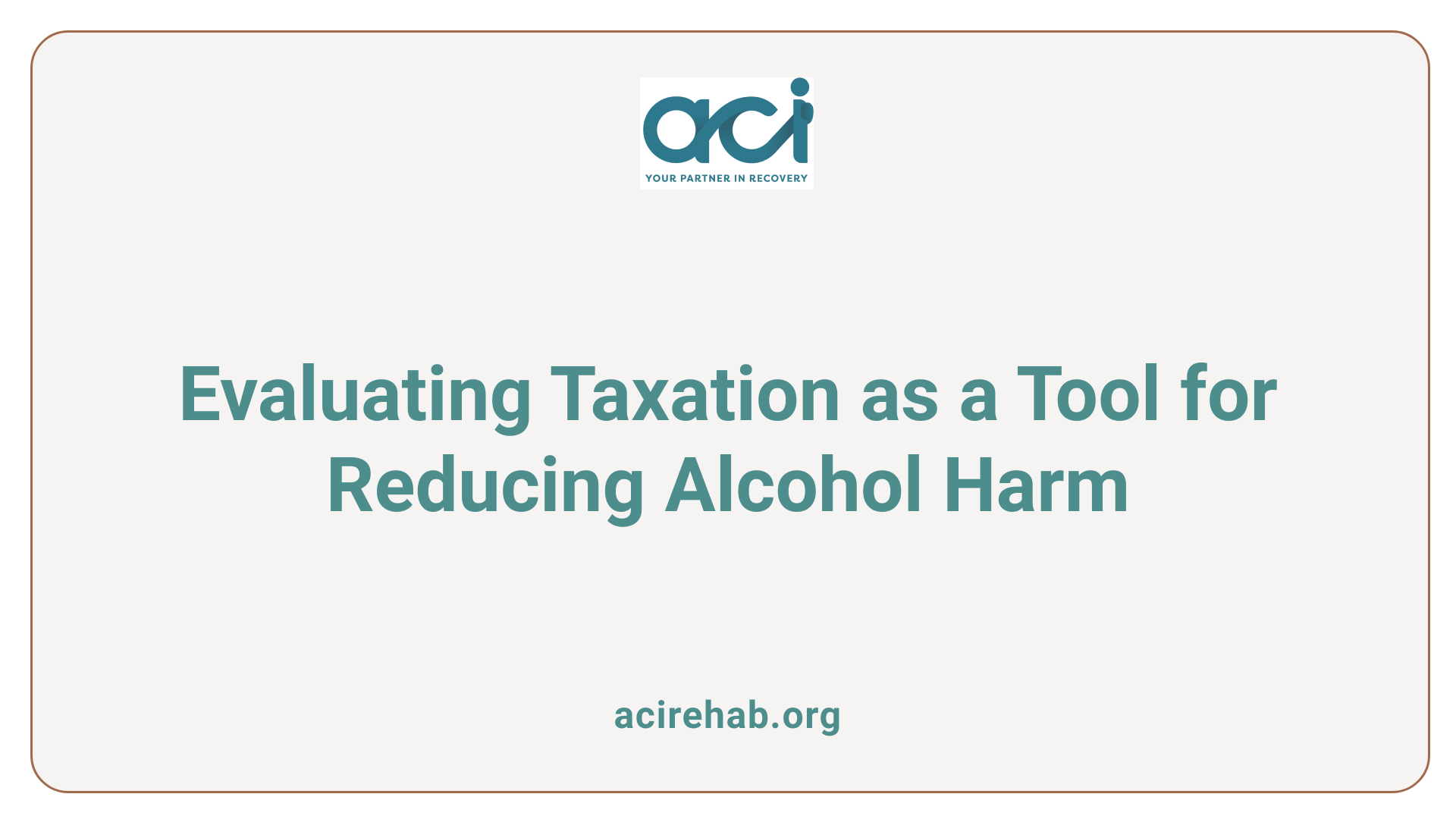
How effective is increasing alcohol tax in reducing consumption and related harms?
Increasing alcohol tax is highly effective in reducing consumption and related harms. Numerous studies show a direct link between the price of alcoholic beverages and drinking behavior. A 10% rise in alcohol prices can cause a 3-10% drop in overall alcohol consumption across different demographics, including high-risk groups like heavy drinkers and adolescents.
For instance, research indicates that if federal alcohol taxes were doubled, there could be a significant reduction in alcohol-related mortality rates—potentially by 35%—as well as a decrease of 11% in traffic-related fatalities. Such tax increases also correlate with lower incidences of youth binge drinking, alcohol-impaired driving, and a variety of violent behaviors, highlighting their extensive public health benefits.
Considering the substantial societal costs of excessive alcohol use, increasing alcohol taxes emerges as a promising and widely supported strategy to alleviate these issues while promoting safer community environments. Promoting higher alcohol prices does not only lead to immediate effects but fosters long-term changes in drinking habits, encouraging healthier lifestyles and decreasing associated health issues.
Alcohol Pricing Strategies and Mortality Reduction
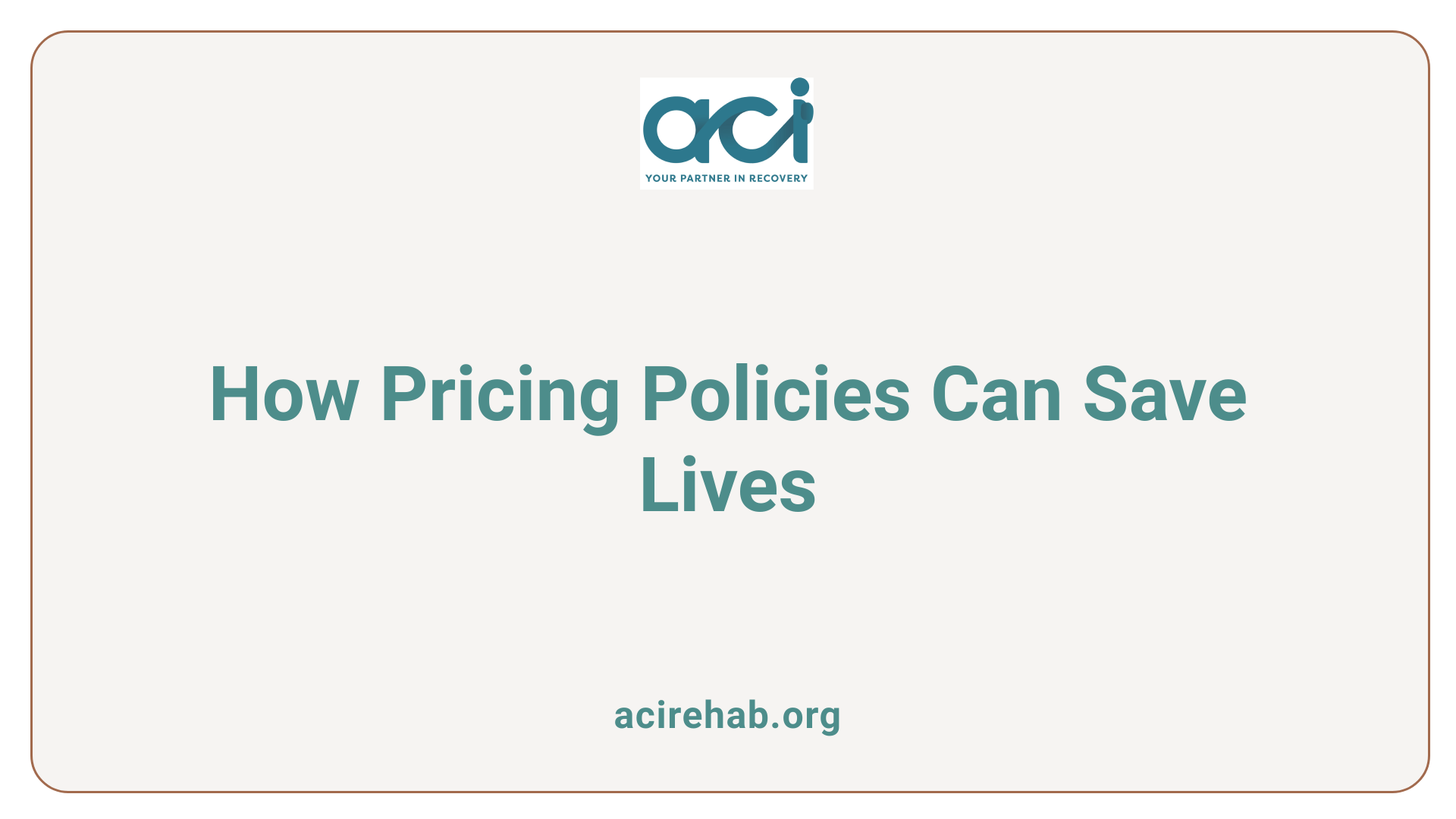
How pricing policies reduce alcohol-related deaths
Alcohol pricing strategies can significantly reduce alcohol-related deaths by making alcoholic beverages less affordable and accessible. This approach discourages excessive drinking, particularly among vulnerable groups like adolescents and heavy drinkers.
Policies such as raising taxes on alcohol and implementing minimum pricing help reduce overall consumption and its harms. For instance, a 10% increase in the price of alcohol corresponds to a 7% decrease in alcohol-related deaths.
The Centers for Disease Control and Prevention (CDC) point out that even small increases in the prices of cheaper alcohol products can effectively reduce instances of binge drinking and other risky drinking behaviors. Moreover, revenue generated from these pricing strategies can be funneled into public health initiatives aimed at combating alcohol misuse, bolstering the community’s overall health.
Empirical evidence and analysis
Research backs up the effectiveness of these pricing strategies. Studies indicate that a 10% increase in beer prices leads to a 5% decrease in consumption, while wine and spirits see reductions of 6.4% and 7.9%, respectively. Moreover, increasing alcohol prices nationally, as seen in historical trends, has consistently corresponded with a decline in alcohol-related deaths.
For example, in Scotland, a 17% price increase resulted in a 15.7% reduction in alcohol-related deaths. These findings emphasize that implementing effective alcohol pricing and availability policies is crucial for reducing alcohol-related fatalities and enhancing public health.
Chronic Health Issues as the Main Cause of Alcohol-Related Deaths
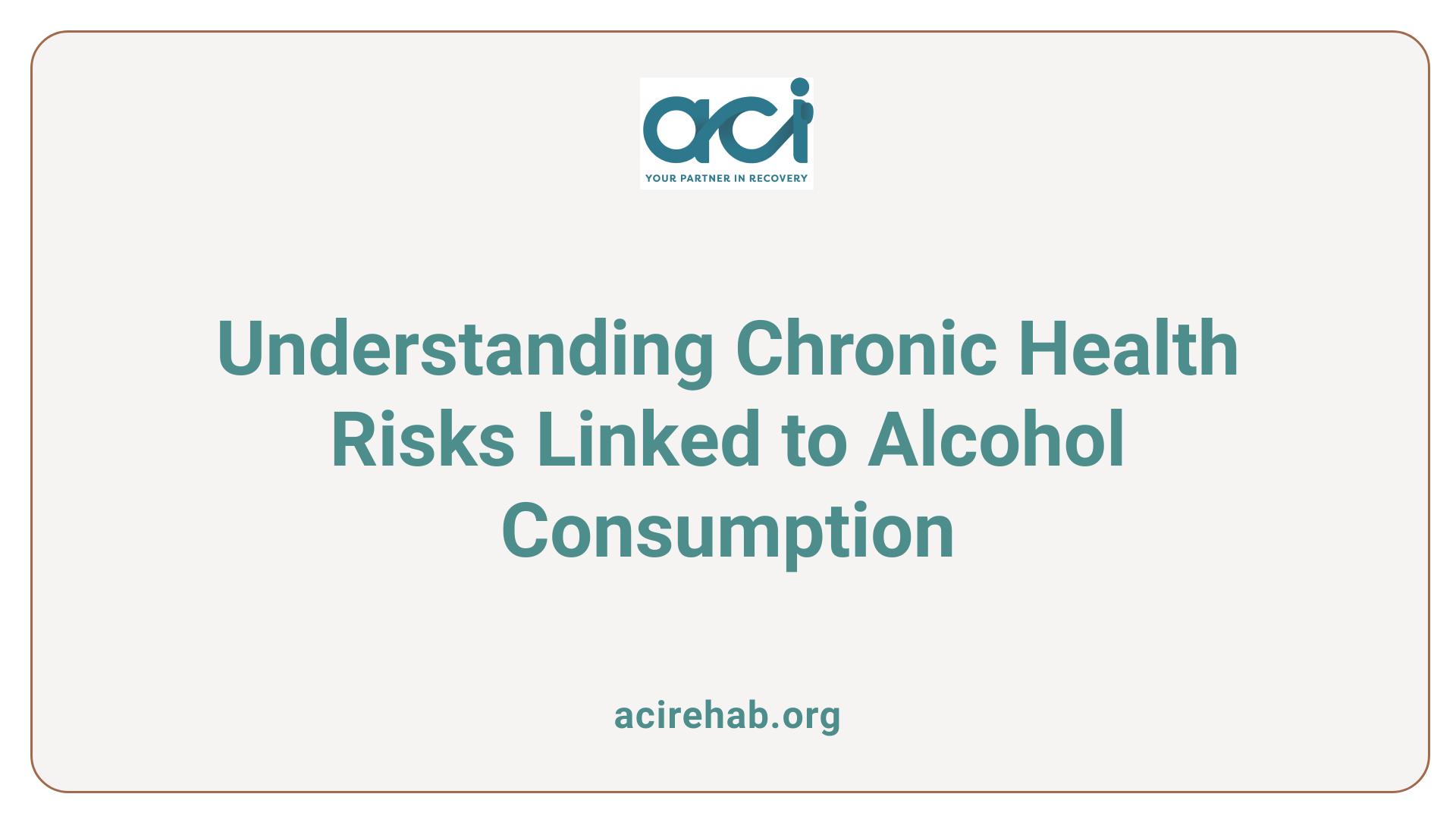
What is the main cause of alcohol-related deaths?
The leading cause of alcohol-related deaths is chronic health issues stemming from prolonged excessive drinking, representing over half of all alcohol-related fatalities. Each year, alcohol claims approximately 3 million lives globally, with about 178,000 of these in the U.S. alone, making it a primary preventable cause of mortality.
Among the significant chronic conditions associated with alcohol consumption are:
- Liver Disease: Often culminating in cirrhosis.
- Cancer: Including various types such as liver and breast cancer.
- Heart Disease: High blood pressure and cardiovascular conditions are also notable.
In addition to chronic health effects, acute risks like alcohol poisoning can lead to immediate death due to respiratory failure or severe seizures. Alcohol intake is frequently linked to hazardous behaviors, such as drunk driving and violent crime, compounding the public health challenge.
Understanding the interplay between these chronic and acute risks can inform policies and interventions, especially those focused on increasing alcohol prices to reduce consumption and, consequently, associated deaths.
Rising Trends in Alcohol-Related Deaths
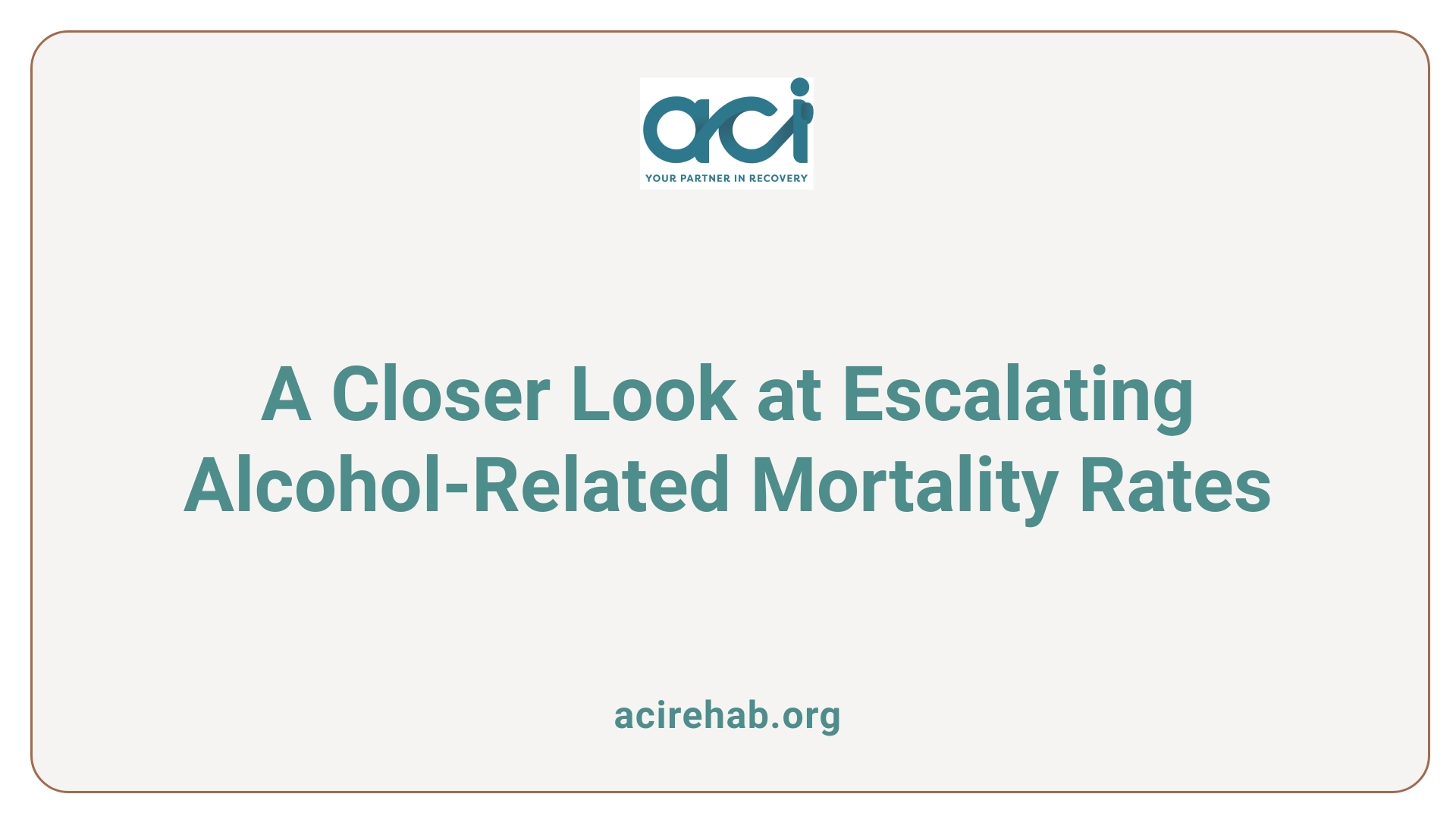
Is there evidence of an increase in alcohol-related deaths in recent years?
Yes, there is significant evidence of an increase in alcohol-related deaths in recent years. According to the CDC, more than 178,000 people died from alcohol-related causes in the U.S. from 2020 to 2021, marking a substantial rise during the COVID-19 pandemic.
Analysis of death certificates revealed a 25.5% increase in alcohol-related deaths from 2019 to 2020, followed by an additional 9.9% increase in 2021. Overall, alcohol deaths have surged by 70% over the past decade, highlighting the seriousness of this public health issue.
Factors contributing to the increase
The rising trend in alcohol-related fatalities can be linked to various factors. Increased alcohol consumption during the pandemic has played a significant role, as many turned to drinking as a coping mechanism amid isolation and stress.
Additionally, exacerbated mental health challenges during this period, coupled with disruptions in healthcare access, further contributed to the rise in alcohol-related deaths. The impact has been particularly pronounced among specific demographics, including American Indian and Alaska Native communities and adults aged 26 to 44, who have experienced the highest rates of increase.
Economic Principles Underlying Alcohol Pricing Strategies
Demand Elasticity with Alcohol Pricing
The concept of demand elasticity is crucial when analyzing how changes in the price of alcoholic beverages affect consumption. Research indicates that alcohol has a negative demand elasticity, meaning that as prices increase, consumption typically declines. For instance, a 10% rise in the price of beer can result in a 5% reduction in beer consumption, whereas the impact on spirits and wine is slightly higher, at 7.9% and 6.4% respectively. This reaction suggests that consumers—especially heavy drinkers and adolescents—are sensitive to price changes, presenting a viable strategy for public health initiatives.
Impact of Price Changes on Consumption Behavior
Increasing the prices of alcoholic beverages through taxation or minimum pricing has proven to be an effective public health tool. As prices rise, studies confirm that not only does overall alcohol consumption decline, but also associated health issues, such as liver cirrhosis and alcohol-related violent incidents, see noticeable reductions.
Statistics reveal that doubling alcohol taxes could lead to an average reduction of 35% in alcohol-related mortality and 11% fewer traffic crashes. This correlation reinforces the importance of economic policies in shaping societal behaviors related to alcohol consumption, ultimately aiming to decrease public health burdens associated with excessive drinking.
Statistical Analysis: Price Increases and Public Health
Correlation between price increases and health outcomes
Numerous studies have established a strong link between higher prices for alcoholic beverages and improved public health outcomes. For instance, a study showed that a 10% increase in alcohol prices correlates with a 7% decrease in alcohol-related deaths. This relationship holds firm across various demographics, including adolescents and heavy drinkers, who are particularly sensitive to price changes.
Research findings illustrate that an estimation of doubling alcohol taxes could result in a dramatic 35% reduction in alcohol-related mortality, alongside meaningful decreases in traffic crash deaths (11%) and sexual violence (2%). Such data highlight the effectiveness of price regulation as a preventive strategy.
Empirical data analysis
Statistical analysis around alcohol pricing includes longitudinal studies from different countries demonstrating the inverse relationship between price and consumption. For instance, as alcohol prices in the U.S. increased from $2.50 in 2010 to $3.50 in 2023, the number of alcohol-related deaths fell from 80,000 to 55,000.
Additionally, analyzing specific beverage types reveals important consumption changes: beer consumption decreases by 5% per 10% price hike, while wine and spirits see declines of 6.4% and 7.9%, respectively. These empirical insights reinforce the argument for implementing alcohol pricing policies to bolster public health and safety.
International Case Studies Demonstrating Policy Success
Examples of effective alcohol pricing policies
Numerous countries have employed strategic pricing policies to combat excessive alcohol consumption and its associated harms. For instance, in Scotland, a 17% increase in alcohol prices resulted in a significant 15.7% reduction in alcohol-related deaths. This correlation highlights the tangible impact that straightforward pricing policies can have on public health outcomes.
In British Columbia, a study observed that a 10% increase in minimum alcohol prices led to a striking 32% decrease in wholly alcohol-attributable death rates over a few years, demonstrating long-term benefits of such policies even beyond their initial implementation.
Comparative analysis of different regions
The effectiveness of alcohol pricing strategies varies by region, but the trend remains consistent—higher prices correlate with lower consumption rates and reduced mortality. For example, research from Europe mirrored findings from the U.S., showcasing that an increase in alcohol prices could significantly diminish alcohol-related deaths in both contexts.
In Lithuania, enhanced drinking regulation resulted in a 7% drop in alcohol-related deaths in the subsequent year. This reflects the global significance of price regulations in reducing harmful drinking behaviors, regardless of geographic boundaries.
These international case studies clearly indicate that effective alcohol pricing can lead to improved public health metrics through reduced consumption and related adverse outcomes.
Potential Challenges and Opposition to Pricing Policies
Barriers to Implementing Pricing Strategies
Implementing pricing strategies for alcohol taxation often faces formidable barriers. Policymakers encounter significant challenges, such as legislative hurdles and the vested interests of the alcohol industry, which may lobby against stringent tax increases. In many regions, existing taxation policies may merely reflect historical precedents rather than current public health needs.
Moreover, the complexities of tax structures, potential economic backlash, and fears of rural economic harm can impede progress. Local businesses worry that increased prices may deter consumers, leading to reduced sales.
Public and Political Opposition
Public perception plays a crucial role in the success of pricing policies. Resistance can emerge from communities that view alcohol taxes as an infringement on personal freedoms. People may argue that such policies disproportionately harm lower-income consumers. Political opposition may also be fueled by party ideologies prioritizing limited government intervention.
Additionally, misinformation about the impacts of pricing policies can sway public opinion. Addressing these challenges requires effective communication of the public health benefits associated with higher alcohol prices, as well as strategies that consider the economic landscape of affected regions.
Long-Term Benefits of Higher Alcohol Pricing
Sustainable Public Health Improvements
Raising the prices of alcoholic beverages leads to considerable long-term public health improvements. Higher prices are linked to a decrease in alcohol consumption, which translates to lower instances of liver cirrhosis, alcohol-related diseases, and injuries. For instance, studies show that a 10% increase in alcohol prices is associated with a 5.4% decrease in alcohol-related mortality rates. This effect is particularly beneficial among high-risk groups, such as adolescents and heavy drinkers, who tend to alter their drinking habits significantly when faced with elevated prices.
Community Health Impact
Communities experience a ripple effect of these sustainable changes. With reduced alcohol consumption, there are fewer instances of drinking and driving, leading to a decline in traffic fatalities and accidents. Furthermore, as alcohol prices rise, associated social issues such as crime, violence, and the spread of sexually transmitted diseases also experience reductions. For example, evidence indicates that doubling alcohol taxes could result in a 2% decrease in violence and a 6% decrease in STD rates.
| Impact Area | Effect of Price Increase | Example % Reduction |
|---|---|---|
| Alcohol-related Deaths | 5.4% | $2.50 to $3.50 pricing trend (2010-2023) |
| Traffic Deaths | 11% | From 10% price hike |
| Violence Rates | 2% | Doubling alcohol taxes |
| STD Rates | 6% | Doubling alcohol taxes |
In summary, implementing higher alcohol prices not only curbs consumption but also nurtures a healthier community, emphasizing the necessity for sustained alcohol pricing policies.
Concluding Thoughts on Alcohol Pricing and Public Health
Increases in alcohol prices hold the potential to significantly improve public health by curbing excessive consumption and reducing alcohol-related harms. The evidence is overwhelmingly supportive of pricing policies as effective tools for preventing alcohol-related deaths and fostering healthier communities. While challenges remain in implementing these strategies, especially in the face of opposition from industry stakeholders, the positive impact on health outcomes and societal well-being presents a compelling argument for policymakers to prioritize these measures in public health agendas. The conversation about alcohol pricing is not just about economics; it is a crucial discourse on saving lives and enhancing the quality of life across populations.
References
- The Effects of Prices on Alcohol Use and its Consequences – PMC
- Pricing Strategies for Alcohol Products | Health Impact in 5 Years
- Effects of Alcohol Tax and Price Policies on Morbidity and Mortality
- Increasing Alcohol Prices Decreases Alcohol Related Deaths …
- Increasing Alcohol Prices Decreases Alcohol Related Deaths
- About Minimum Pricing Policies | Alcohol Use – CDC
- Empowering Change: The Impact of Raising Alcohol Prices on Deaths

